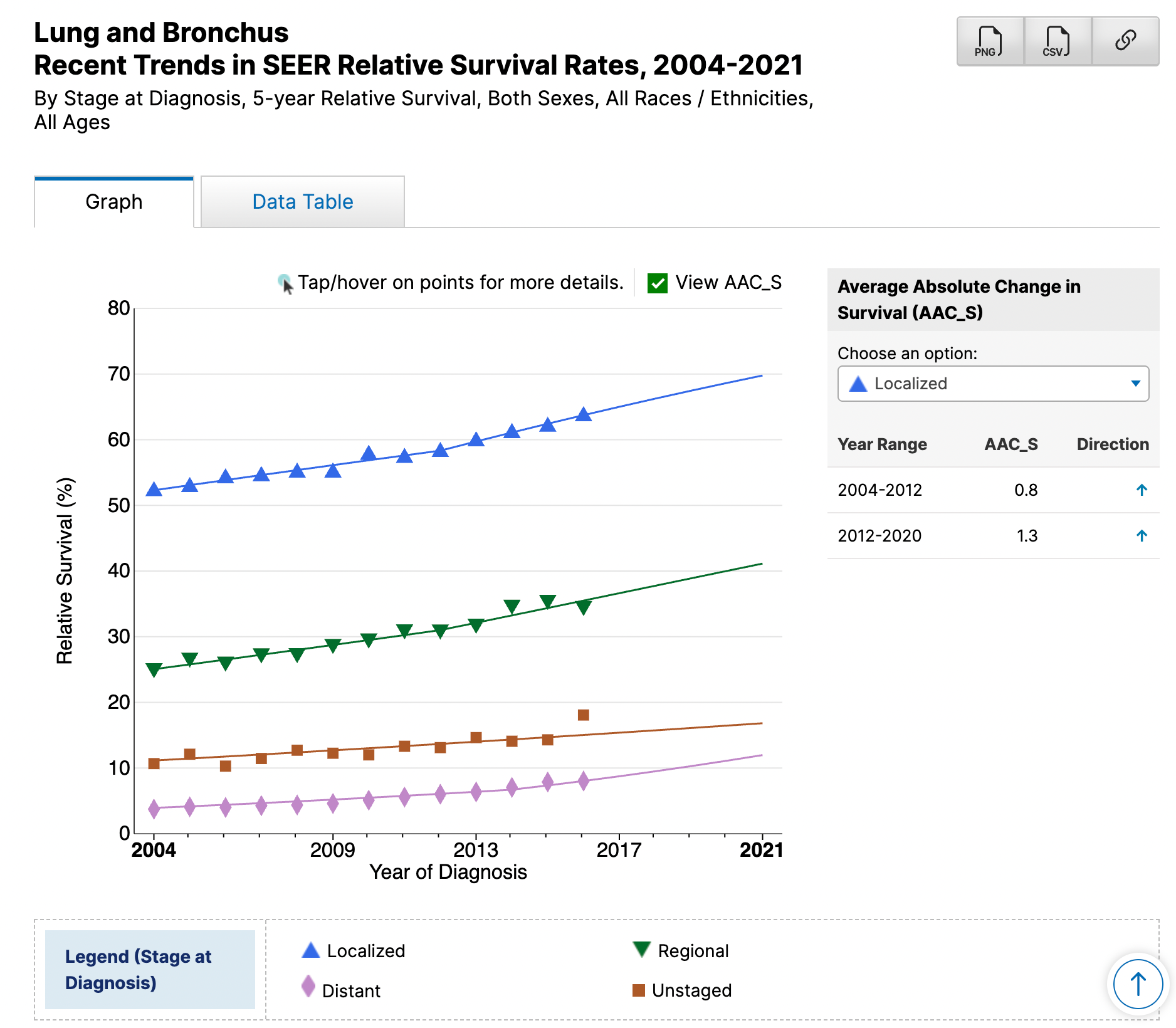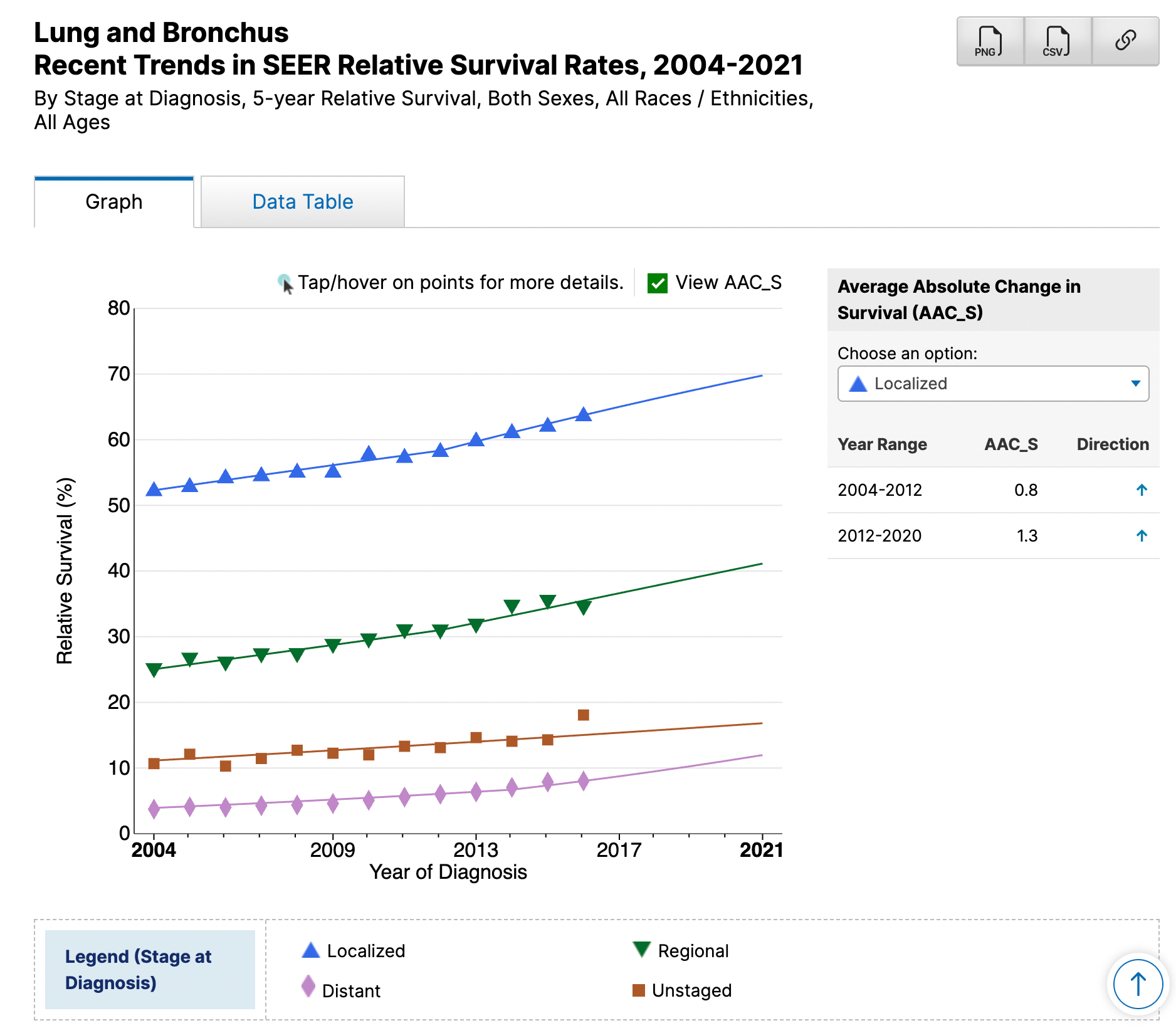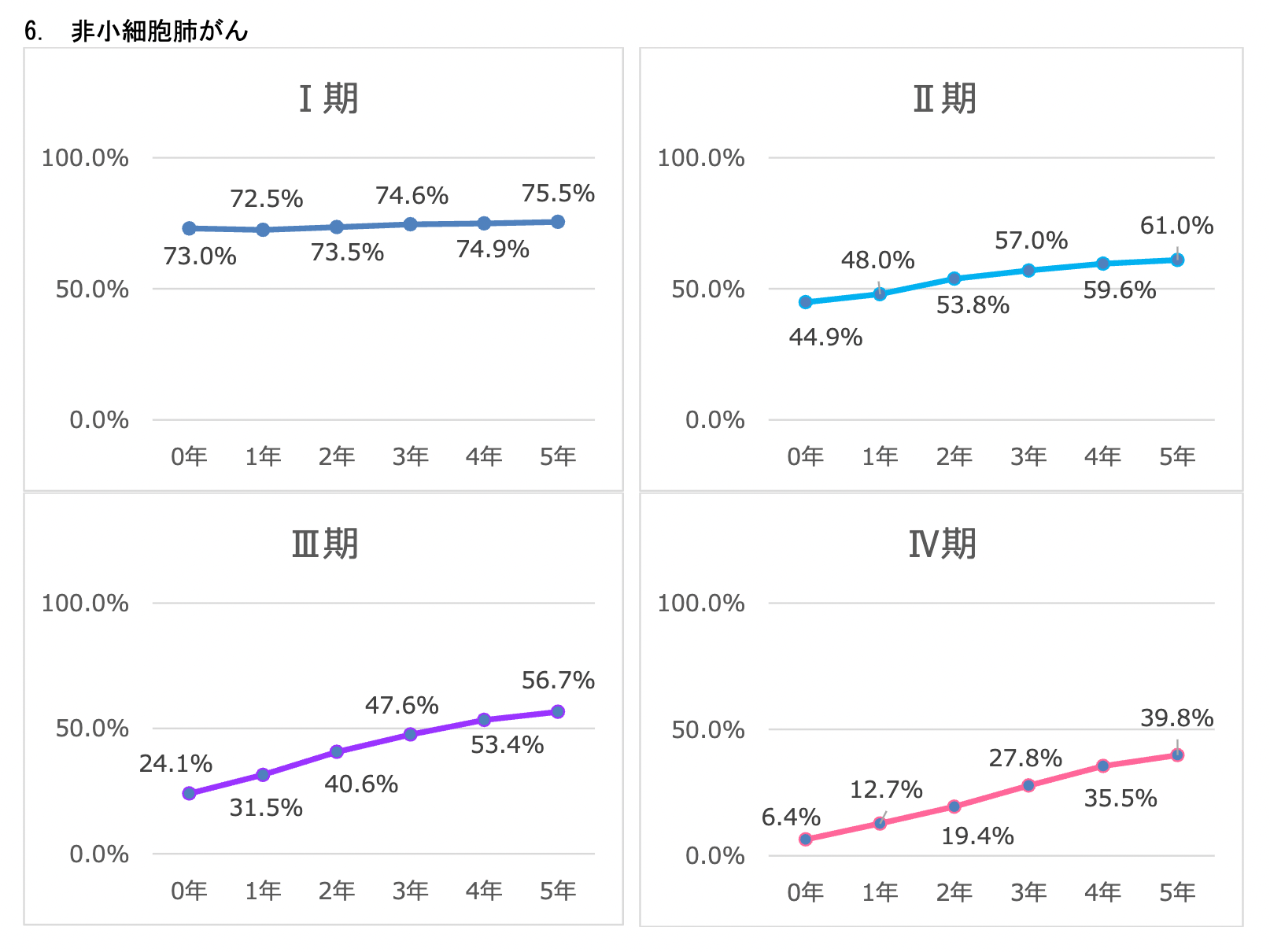Two Years Later: The Most Important Cancer Lesson
When I was first diagnosed with lung cancer, I thought I had only a few months to live. But two years later, I’ve learned one of the most important lessons: don’t fixate on survival statistics. Here's why.

Today (March 18th) marks the two-year anniversary of my lung cancer diagnosis. I'm super grateful I made it this far and thankful for everyone's help—especially my family, close friends, and colleagues.
When I was first diagnosed, I thought I would only live for a few months—maybe several—because that was the reality for many lung cancer patients, including my father and brother. The prognosis statistics I saw seemed grim, and it felt like my fate was already decided. But looking back, one of the most important things I’ve learned is this:
Don't think too much about your prognosis (or your chance of survival).
In Japanese, there's even a single word—余命 (yomei)—that means "remaining life," which is often used to refer to median survival. Dr. Norihiro Sato, a Japanese oncologist and author of some wonderful books, also advises not to worry too much about "expected survival."
Three reasons why you shouldn't care too much about your prognosis:
1. The data you see on the internet is outdated.
For example, "5-year survival rates" are, by definition, based on patients diagnosed at least five years ago. Treatment advances happen constantly, and survival rates for most types of cancer have been increasing over the years, mainly due to scientific improvements in treatment. (See the graph below, taken from SEER*Explorer.)

2. Survival statistics depend on many factors.
Your prognosis is influenced by numerous variables, such as:
- Your specific cancer type (e.g., NSCLC vs. SCLC for lunc cancer)
- Stage at diagnosis
- Age, sex, and overall health
- Lifestyle factors like smoking history
What applies to a broad population may not apply to you personally.
3. Survival chances improve the longer you live.
The more time passes since your diagnosis, the more likely you are to live even longer. This concept is called conditional survival—your odds of survival increase as you reach each new milestone. In a way, this is a positive form of survivorship bias—the longer you go, the better your chances of continuing to go.
Here’s the data from the National Cancer Center Japan, Center for Cancer Control and Information Services showing the conditional survival of NSCLC, broken down by stage at diagnosis. It shows that conditional survival improves, especially for late-stage cancer. For example, the 5-year survival rate for Stage IV patients who have already survived one year increases from 6.4% at diagnosis to 12.7%, and further to 39.8% if they reach five years.

Of course, understanding your prognosis can be useful in some cases, especially for making treatment decisions. But it’s important to remember that statistics don’t define your individual outcome.
Note: This is not medical advice, just something I’ve learned from my own experience.